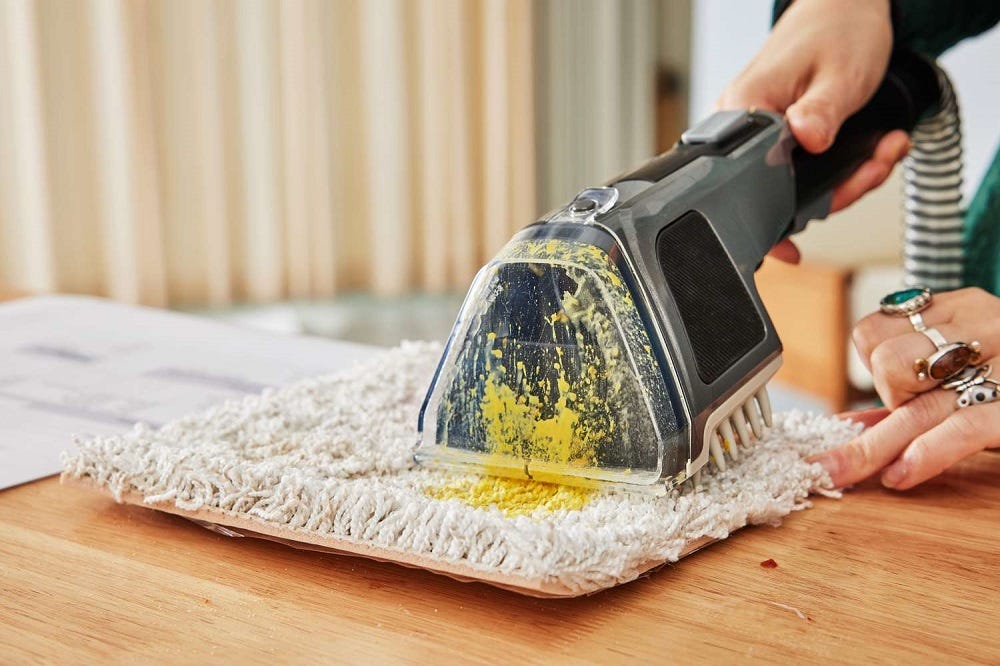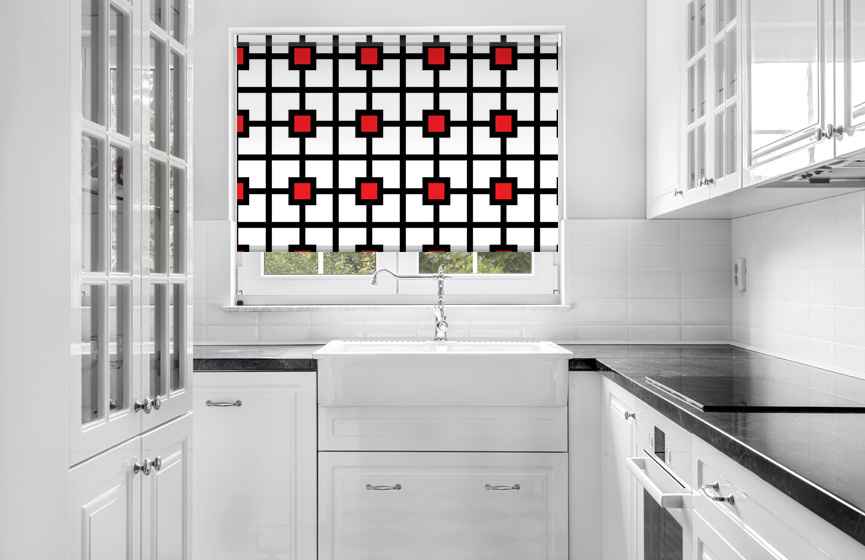-
Table of Contents
“Embrace the Past, Elevate the Present: Vintage Vibes, where retro meets modern design.”
Vintage Vibes: Incorporating Retro Elements into Modern Design
In recent years, there has been a resurgence of interest in incorporating retro elements into modern design. This design approach, often referred to as “vintage vibes,” combines the nostalgia and charm of past eras with the functionality and aesthetics of contemporary design. By blending old and new elements, designers are able to create spaces that evoke a sense of nostalgia while still feeling fresh and relevant. Whether it’s through furniture, color palettes, or decorative accents, vintage vibes offer a unique and timeless appeal that can transform any space into a stylish and inviting environment.
The Timeless Appeal of Vintage Furniture in Contemporary Interiors
The Timeless Appeal of Vintage Furniture in Contemporary Interiors
In the world of interior design, trends come and go. What’s popular one year may be outdated the next. However, there is one style that seems to stand the test of time: vintage furniture. With its unique charm and character, vintage furniture has a timeless appeal that can add a touch of nostalgia to any contemporary interior.
One of the reasons vintage furniture continues to be popular is its ability to bring a sense of history and authenticity to a space. Unlike mass-produced modern furniture, vintage pieces have a story to tell. Each scratch, dent, and patina is a testament to the years of use and love that the piece has experienced. This sense of history can create a warm and inviting atmosphere in a home, making it feel lived-in and loved.
Another reason vintage furniture is so appealing is its craftsmanship. In the past, furniture was built to last. Skilled artisans took pride in their work, creating pieces that were not only beautiful but also durable. Today, many modern furniture pieces are made with cheap materials and lack the attention to detail that vintage furniture possesses. By incorporating vintage pieces into a contemporary interior, you can bring a level of quality and craftsmanship that is often missing in modern design.
Vintage furniture also offers a wide range of styles to choose from. Whether you prefer the sleek lines of mid-century modern or the ornate details of Victorian furniture, there is a vintage piece out there to suit your taste. Mixing different styles and eras can create a unique and eclectic look that is both visually interesting and personal to you. By blending vintage and modern elements, you can create a space that feels curated and collected over time.
When incorporating vintage furniture into a contemporary interior, it’s important to strike a balance between old and new. Too much vintage furniture can make a space feel cluttered and outdated, while too much modern furniture can make it feel cold and sterile. The key is to choose a few statement vintage pieces and mix them with modern furniture and accessories. This will create a harmonious blend of old and new, giving your space a fresh and modern feel while still retaining the charm of vintage.
In addition to furniture, there are many other ways to incorporate vintage elements into a contemporary interior. Vintage lighting fixtures, such as chandeliers or sconces, can add a touch of elegance and sophistication to a space. Vintage textiles, such as rugs or curtains, can bring warmth and texture to a room. And vintage artwork or accessories can add a personal touch and create a focal point in a space.
In conclusion, vintage furniture has a timeless appeal that can add character and charm to any contemporary interior. Its sense of history, craftsmanship, and wide range of styles make it a versatile choice for those looking to create a unique and personal space. By carefully selecting a few statement vintage pieces and mixing them with modern elements, you can create a space that is both nostalgic and fresh. So why not embrace the vintage vibes and incorporate retro elements into your modern design?
How to Create a Retro-Inspired Color Palette for a Nostalgic Atmosphere
In the world of design, there is a constant ebb and flow of trends. What was once popular can quickly become outdated, only to resurface years later with a fresh new twist. One such trend that has stood the test of time is the incorporation of retro elements into modern design. By blending the old with the new, designers are able to create spaces that evoke a sense of nostalgia while still feeling fresh and contemporary.
One of the key ways to achieve this retro-inspired look is through the use of color. A carefully curated color palette can instantly transport a room back in time, creating a nostalgic atmosphere that is both comforting and visually appealing. But how exactly does one go about creating a retro-inspired color palette? Let’s explore some tips and tricks to help you achieve that vintage vibe.
First and foremost, it’s important to do your research. Take the time to study the color palettes that were popular during the era you are trying to recreate. Whether it’s the vibrant hues of the 1960s or the earthy tones of the 1970s, understanding the color trends of the time will give you a solid foundation to work from.
Once you have a good grasp on the colors that were popular during your chosen era, it’s time to start selecting your palette. A retro-inspired color palette typically consists of a combination of bold, saturated colors and softer, more muted tones. For example, if you’re going for a 1950s look, you might choose a vibrant red as your main color, paired with softer pastel shades like mint green or baby blue.
When selecting your colors, it’s important to consider how they will work together in a space. A good rule of thumb is to choose one or two main colors and then use complementary or contrasting colors as accents. This will help create a sense of balance and harmony in the room.
Another important factor to consider when creating a retro-inspired color palette is the overall mood you want to evoke. Different colors have the power to evoke different emotions, so think about how you want your space to feel. If you’re going for a fun and playful vibe, you might opt for bright, cheerful colors. On the other hand, if you want a more relaxed and calming atmosphere, you might choose softer, more soothing tones.
Once you have your color palette selected, it’s time to start incorporating it into your design. One way to do this is through the use of paint. Painting a wall or piece of furniture in one of your main colors can instantly transform a space and give it that retro feel. You can also use your color palette as a guide when selecting fabrics, accessories, and artwork for the room.
In conclusion, creating a retro-inspired color palette is a key step in incorporating vintage vibes into modern design. By doing your research, selecting a combination of bold and muted colors, considering the overall mood you want to evoke, and incorporating your palette into your design, you can create a space that is both nostalgic and contemporary. So go ahead, embrace the past and bring a touch of retro charm into your home.
Exploring Vintage Patterns and Textures for a Unique Design Aesthetic
Vintage Vibes: Incorporating Retro Elements into Modern Design
In the world of interior design, there is a constant search for unique and captivating aesthetics that can transform a space into something truly special. One such design trend that has gained popularity in recent years is the incorporation of vintage patterns and textures into modern design. By blending elements from the past with contemporary styles, designers are able to create spaces that are both nostalgic and fresh, evoking a sense of charm and character.
When it comes to vintage patterns, there are countless options to choose from. From bold geometric prints to delicate floral motifs, the possibilities are endless. These patterns can be incorporated into a space in a variety of ways, such as through wallpaper, upholstery, or even accessories like throw pillows or curtains. By selecting patterns that resonate with the overall design concept, designers can create a cohesive and visually appealing space.
Textures also play a crucial role in creating a vintage-inspired design aesthetic. Fabrics with a worn or distressed look, such as aged leather or faded denim, can add a sense of history and authenticity to a space. Additionally, incorporating materials like reclaimed wood or vintage-inspired tiles can further enhance the vintage vibe. These textures not only add visual interest but also create a tactile experience that adds depth and richness to the overall design.
When incorporating vintage patterns and textures into modern design, it is important to strike a balance between the old and the new. While vintage elements can add character and charm to a space, it is essential to avoid creating a design that feels outdated or cluttered. By pairing vintage patterns and textures with clean lines and contemporary furniture, designers can create a harmonious blend of old and new.
One way to achieve this balance is by using vintage patterns and textures as focal points in a space. For example, a bold geometric wallpaper can serve as a statement wall, while the rest of the room remains minimalistic and modern. This allows the vintage elements to shine without overwhelming the space. Similarly, incorporating vintage-inspired tiles in a bathroom or kitchen can create a striking visual impact while keeping the overall design sleek and contemporary.
Another approach to incorporating vintage patterns and textures is through layering. By layering different patterns and textures, designers can create a visually dynamic and interesting space. For example, a room with a vintage-inspired floral wallpaper can be complemented by a mix of textured fabrics, such as a velvet sofa or a woven rug. This layering technique adds depth and dimension to the design, creating a space that feels curated and inviting.
In conclusion, incorporating vintage patterns and textures into modern design can create a unique and captivating aesthetic. By carefully selecting and blending these elements, designers can create spaces that are both nostalgic and fresh. Whether through the use of vintage-inspired wallpaper, distressed textures, or a combination of both, the possibilities for creating a vintage vibe are endless. So why not embrace the charm of the past and infuse it into your modern design?In conclusion, Vintage Vibes is a design approach that involves incorporating retro elements into modern design. This style brings a sense of nostalgia and uniqueness to contemporary spaces, creating a visually appealing and eclectic aesthetic. By blending old and new elements, Vintage Vibes allows for the creation of spaces that are both timeless and trendy, appealing to individuals who appreciate the charm and character of vintage design. Whether it’s through furniture, accessories, or color schemes, incorporating retro elements into modern design can add depth and personality to any space.




